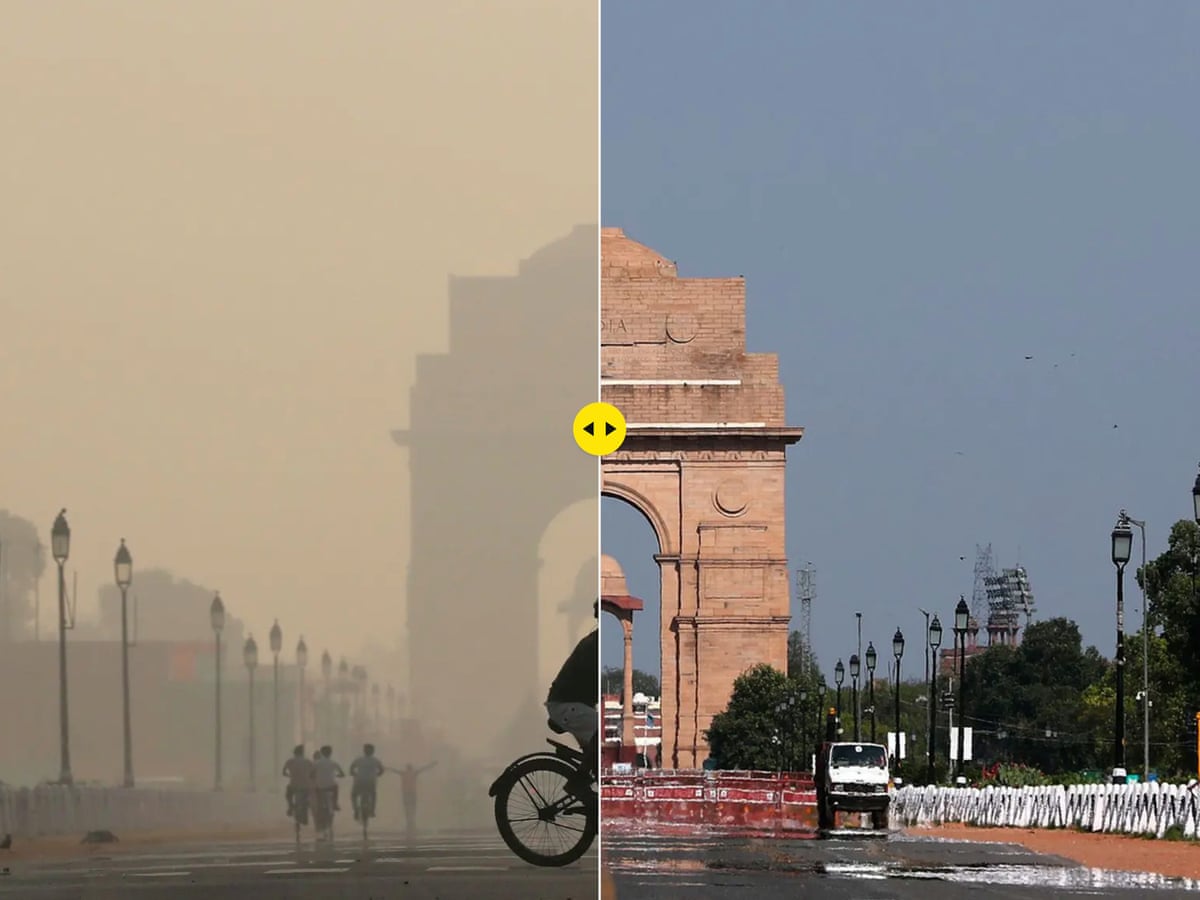
Here is a look at the history of the issue and what actions the elected governments of Delhi and the Centre have implemented throughout time to reduce air pollution as it has become a yearly occurrence in New Delhi and the NCR.
Causes of Poor Air Quality
- One of the factors contributing to poor air quality are motor vehicle emissions.
- The coal-fired power station Badarpur Thermal Power Station was another significant contributor to Delhi’s air pollution.
- Wet cooling towers are used extensively in industry and other industries to dissipate heat in cooling systems, and as a result, their drift/mist emissions are also a source of particulate matter.
- Despite the fact that Delhi is kerosene-free and 90% of households use LPG, the other 10% cook with wood, crop waste, cow dung, and coal. (Indian Census, 2011)
- In Delhi, airborne particulates are primarily caused by fires in the Bhalswa dump.
- Left-wing activists frequently blame Delhi’s bad air quality on the burning of effigies during Vijayadashami and the setting off of firecrackers during Diwali.
- Since the 1980s, when crops are being harvested, agricultural stubble burning in Haryana and Punjab, together with north-westerly winds, also has an impact on Delhi’s air quality.
Revised Air Quality standards
- The Central Pollution Control Board (CPB) set the National Ambient Air Quality Standards (NAAQS) (CPCB).
- It assessed pollutants like Sulphur dioxide, nitrogen oxides, and PM10 (particulate matter with a diameter greater than 10 microns).
- Twelve categories of pollutants, including PM2.5 (particulate matter with a diameter under 2.5 microns), were added to the NAAQS in a 2009 revision.
- The main source of particle matter (PM) emissions is the combustion of fuels used in the transportation, energy, residential, commercial, and agricultural sectors.
Finally arriving @ Graded Response Action Plan (GRAP)
- The permissible yearly limit for PM2.5 is 40 ug/m3, and for PM10 it is 60 ug/m3, according to the amended NAAQS.
- In the winter of 2016, Delhi had one of the worst cases of smog brought on by pollution, with PM2.5 and PM10 levels in some areas of Delhi reaching a staggering 999 ug/m3 on November 1.
- The Supreme Court subsequently instructed Delhi and NCR authorities to create a plan to address the air pollution in November 2016.
- The Graded Response Action Plan (GRAP) was released by the MoEFCC at the beginning of 2017.
